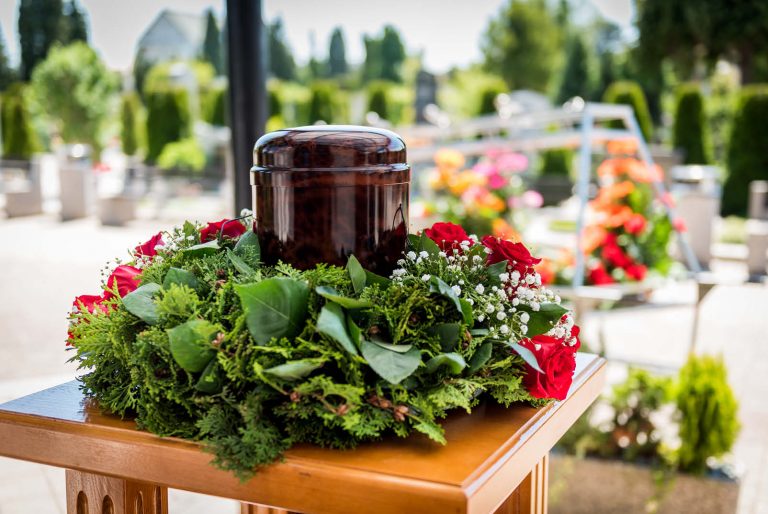In times of the passing of a loved one, it’s important to properly arrange for their funeral as a way to send them off and pay respects. A well-managed memorial service can be a great approach to honoring and celebrating their lives, and you’d want to do what you can while being practical at the same time.
Generally, there are no rules to how a funeral can proceed, but there are some vital elements you may want to keep in mind. That said, below are some of the steps you can follow to guide you as you plan a funeral.
-
See If The Deceased Loved One Has Wishes
Suppose your deceased family member has left instructions on how to carry out their funeral. In that case, incorporate those wishes as you plan a memorial service. After all, following their desires is another way of showing love and respect at their passing.
You can typically find these wishes expressed in an estate, last will, or an end-of-life plan. In some cases, a deceased loved one may also choose a virtual document similar to Willed, to which the executor has access. Such documents may contain information or details on the type of service or disposition they prefer. For instance, whether they want to be buried or cremated.
-
Choose The Type Of Disposition and Service
The type of disposition and service is usually a personal choice of the deceased. They could opt for traditional burial or cremation, or they could want to hold a funeral service or not. And as previously mentioned, such details could be expressed in a document they left behind.
On the other hand, if there are no specific wishes, the family of the deceased may decide on this step. There are various options you can choose from, depending on your preference. For instance, some believe that mourning should be done privately or formally, with religious beliefs and practices also being one of the factors to consider.
And in some cases, some would opt to have a quiet and intimate ceremony with close family and friends, while others may hold a big memorial service. The latter can be an opportunity to reminisce and celebrate the life of the deceased while also giving family members a chance to reunite and catch up.
Once you have decided on the type of disposition and service, you can proceed with other necessary funeral arrangements. These include the casket or urn, food, and beverage served during the service, the program, attendees, required permits and documentation, and many more. Finalizing such details ahead can help you come up with an estimate of the funeral cost.
-
Decide The Time And Date
The next step in planning a funeral is deciding on the time and date of the service. Usually, only after the body has been prepared for burial or cremation can the service proceed. Unless there are cultural or religious beliefs to be considered, it doesn’t have to happen immediately.
Generally, there are no specific rules to follow when deciding a time and date. But to help you sort things out, consider the time needed to prepare all the funeral arrangements. Since you’re still grieving, the last thing you would want is to feel rushed.

-
Book The Venue Or Location
Contrary to popular belief that funerals should only be done at a chapel or church, you can hold a funeral anywhere. In fact, the end-of-life service can become even more meaningful when celebrated as a reflection of the life the deceased has lived while being surrounded by loved ones offering support.
If the deceased has expressed where they want the service to be held, it is best to follow it. If there are no instructions, you could personalize the funeral and opt to have it at a peaceful place that may have significance or sentimental value to the deceased.
For instance, you can base it on their hobbies. Suppose they love the outdoors, surrounded by greens and nature. In such a case, you can hold the funeral in a lush garden where it’s intimate yet matches the personality of your deceased loved one.
-
Finalize The Resting Place
If you or your deceased loved one has opted for a traditional burial, you can decide where their remains would be laid to rest; unless they have left specific wishes. In some cemeteries, families may purchase burial plots near each other. Some may also go for single, companion, or family plots.
Alternatively, if the deceased has opted for cremation, you can consider looking for a columbarium to store their ashes. Or, you can also go back to their wishes and see if they have left instructions on what to do with their ashes. Perhaps they wanted their ashes to be scattered in a special place they used to go to.
In Conclusion
Planning a funeral can be daunting, especially amid grief and mourning. But with a calm heart and mind and a few tips to help you get started, you can plan and prepare for the best service to honor your loved one’s life and memories. You can also enlist the help of a reputable service director who can help you map out every step of the way to help ease confusion and sadness.




